From the magnificent beaches to the rich and unique biodiversity beneath the waves, the Tuamotu Islands are a paradise on earth. The 76 atolls are spread over a surface of more than 1.2 million square miles where Cast Away or Robinson Crusoe could still come to life.
Why choose the Tuamotu Islands?
Not to be missed
What to do in the Tuamotu Islands
Free diving, scuba diving, pearl farms, fine food… The Tuamotu Islands are perfect for your next vacation. Visit the islands and find out why they are considered to be the hidden paradise of The Islands of Tahiti.
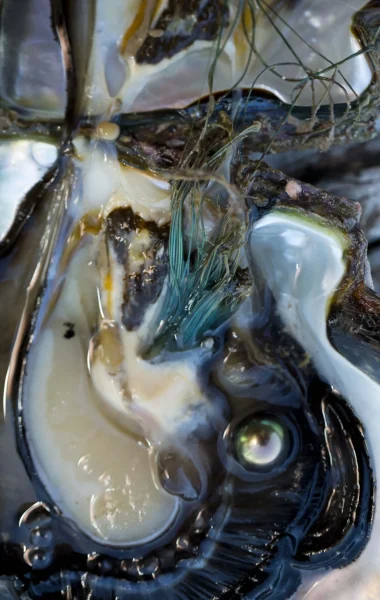
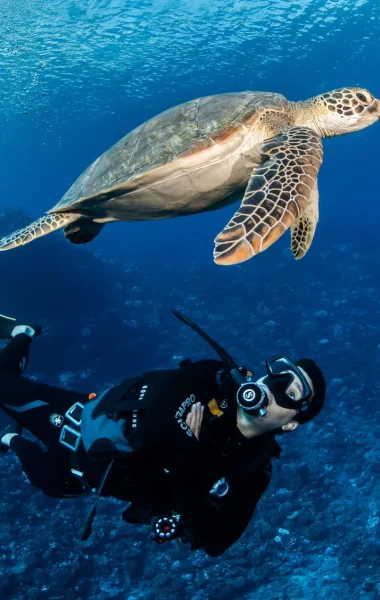
You’ll also enjoy
Activities in the Tuamotu Islands
On the island of Rangiroa in the Tuamotu Islands, you’ll find churches built of coral, craftwork centers and, surprisingly, a winery! The Domaine de Dominique Auroy produces fine white and rosé wines from three varieties of grape grown on a motu in the middle of the lagoon.
The Tuamotu Islands, are also the perfect destination for scuba divers: sharks, sea turtles, manta rays, dolphins and magnificent coral reefs attract diving enthusiasts from all over the world.
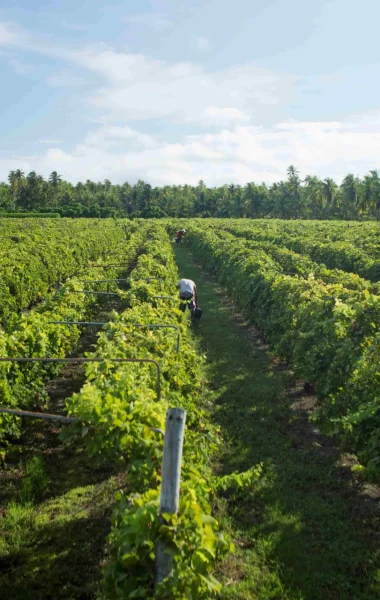
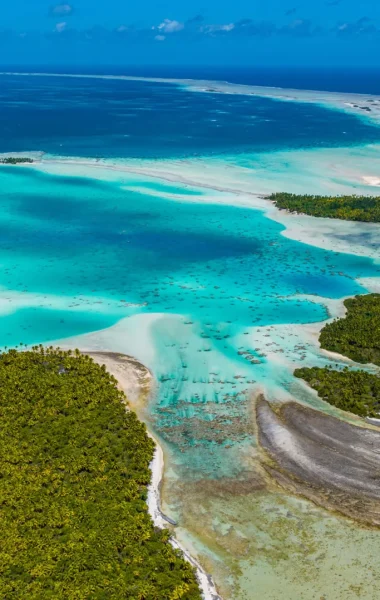
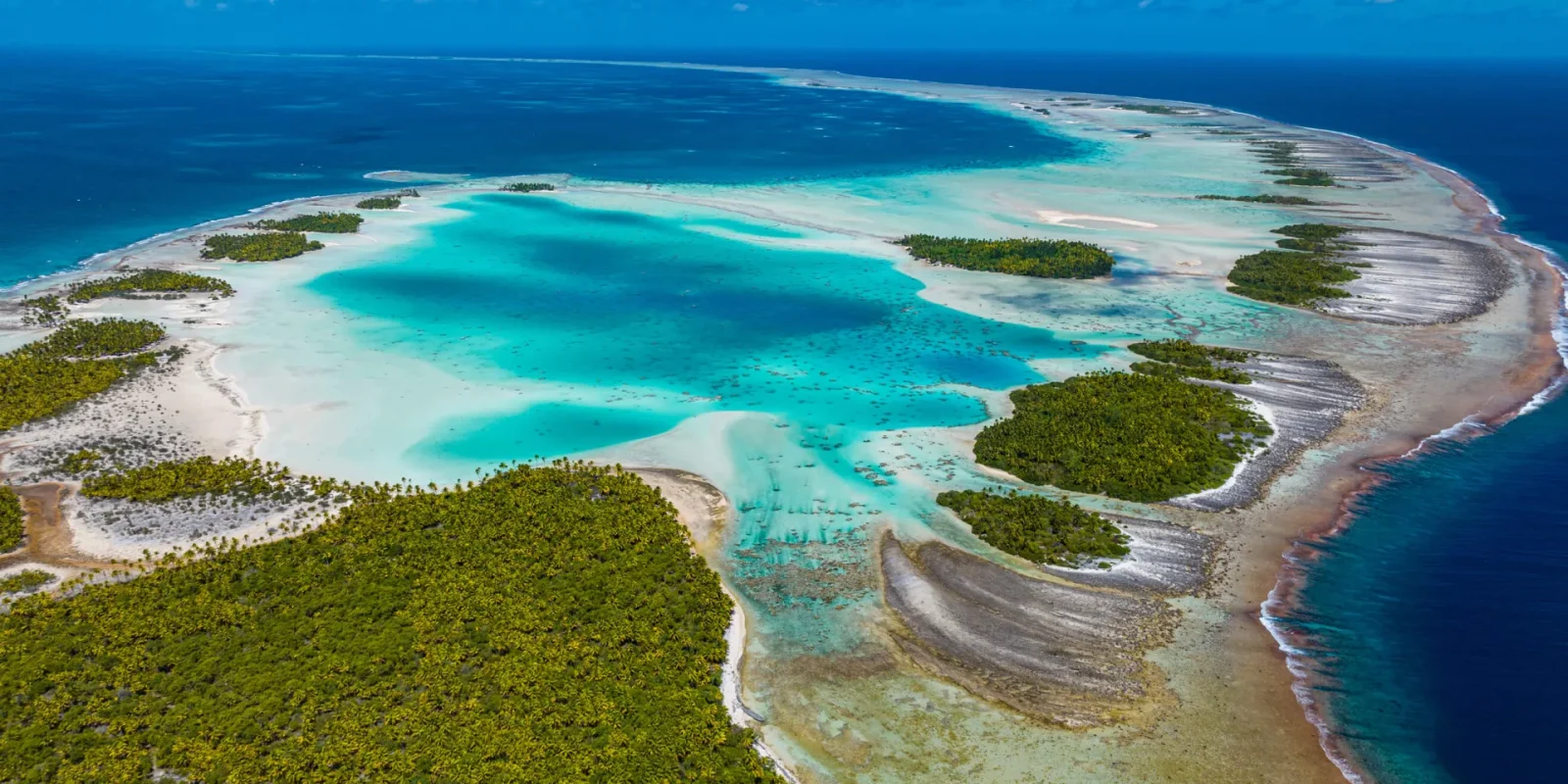
The Most Beautiful Sites in the Tuamotu Islands
The Tuamotu Islands are like a dream come true. Coral reefs encircling turquoise lagoons with dive sites simply teeming with marine life. Each atoll is unique and here is our selection of the very best sites.
Transport
Getting there and getting around
The 76 atolls in the Tuamotu Islands are spread over 1.2 million square miles. Regular flights with Air Tahiti and Air Moana from Papeete take about 1 hour and 30 minutes. You should arrange your transfer from the airport to your accommodation with your hosts or travel agent when you book. The best way to tour the atolls is by bike. Life in the Tuamotu Islands goes by at a gentle rhythm.
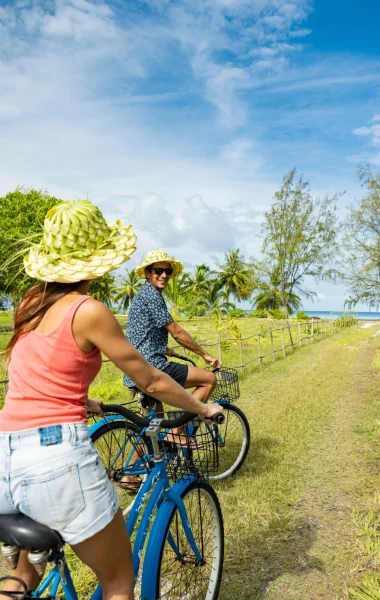
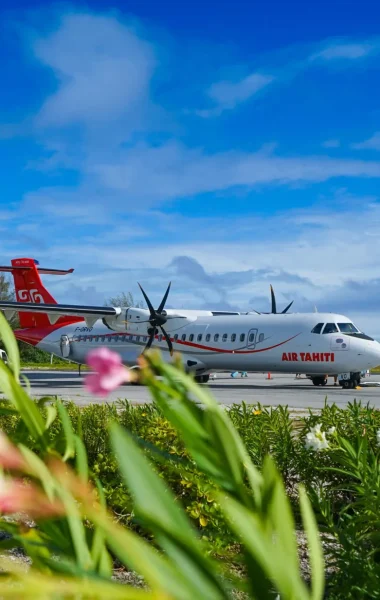
Be inspired
Experiences
Explore the coral reef and discover its incredible marine biodiversity. Bask in the sun on some of the most beautiful beaches in the world, swim in the crystal clear turquoise lagoon and admire the breathtaking beauty all around you. In the Tuamotu Islands you can relax and leave the hustle and bustle of modern life behind.
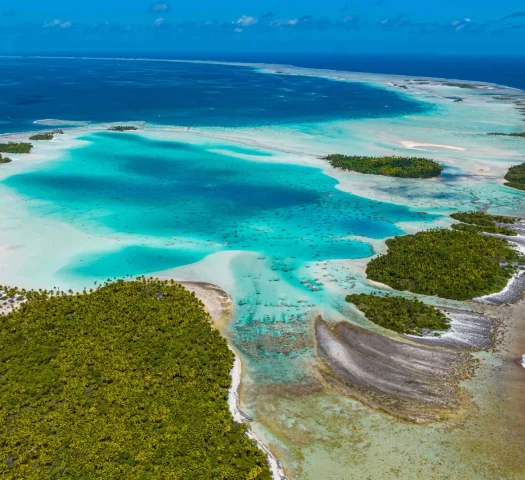
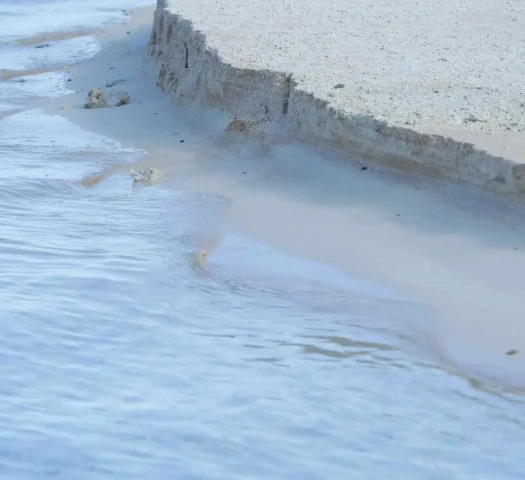
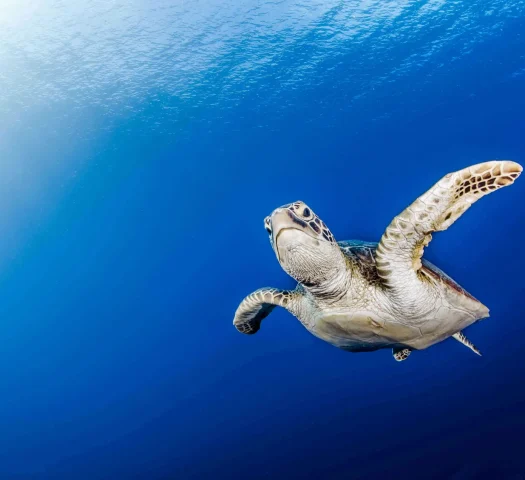
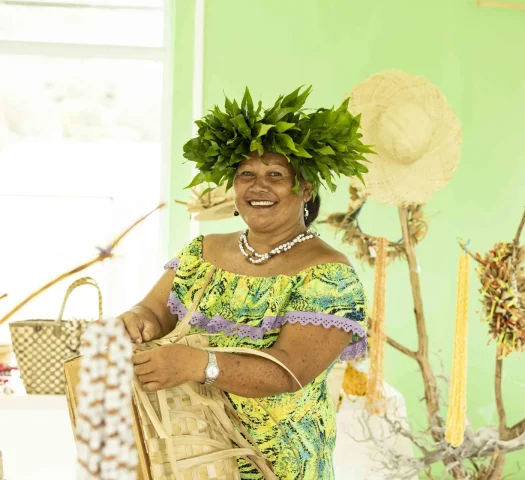
Vacations in the Tuamotu Islands
Book your trip
Look at our selected vacation offers for French Polynesia. Meet the local population, explore their beautiful islands and appreciate their enviable lifestyle. Enjoy The Islands of Tahiti.
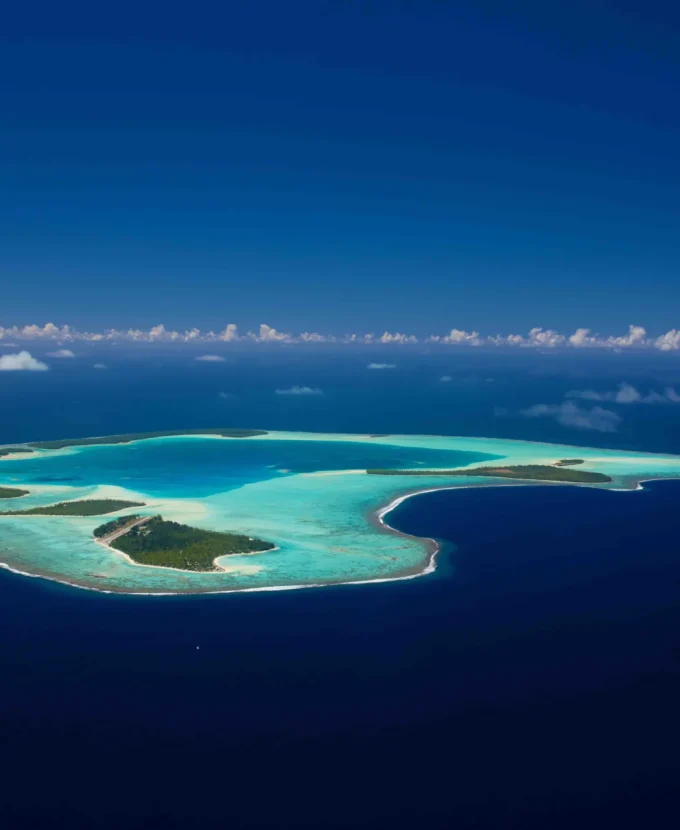
Plan the trip of your dreams
3 good reasons to book a travel agent
Certified Tahiti Specialist
has in-depth knowledge of the destination, enabling us to offer you unique activities and experiences.
Your customized agent
to suit your preferences and budget.
Your agent assists you
throughout your stay to make every moment of your trip a memorable one.
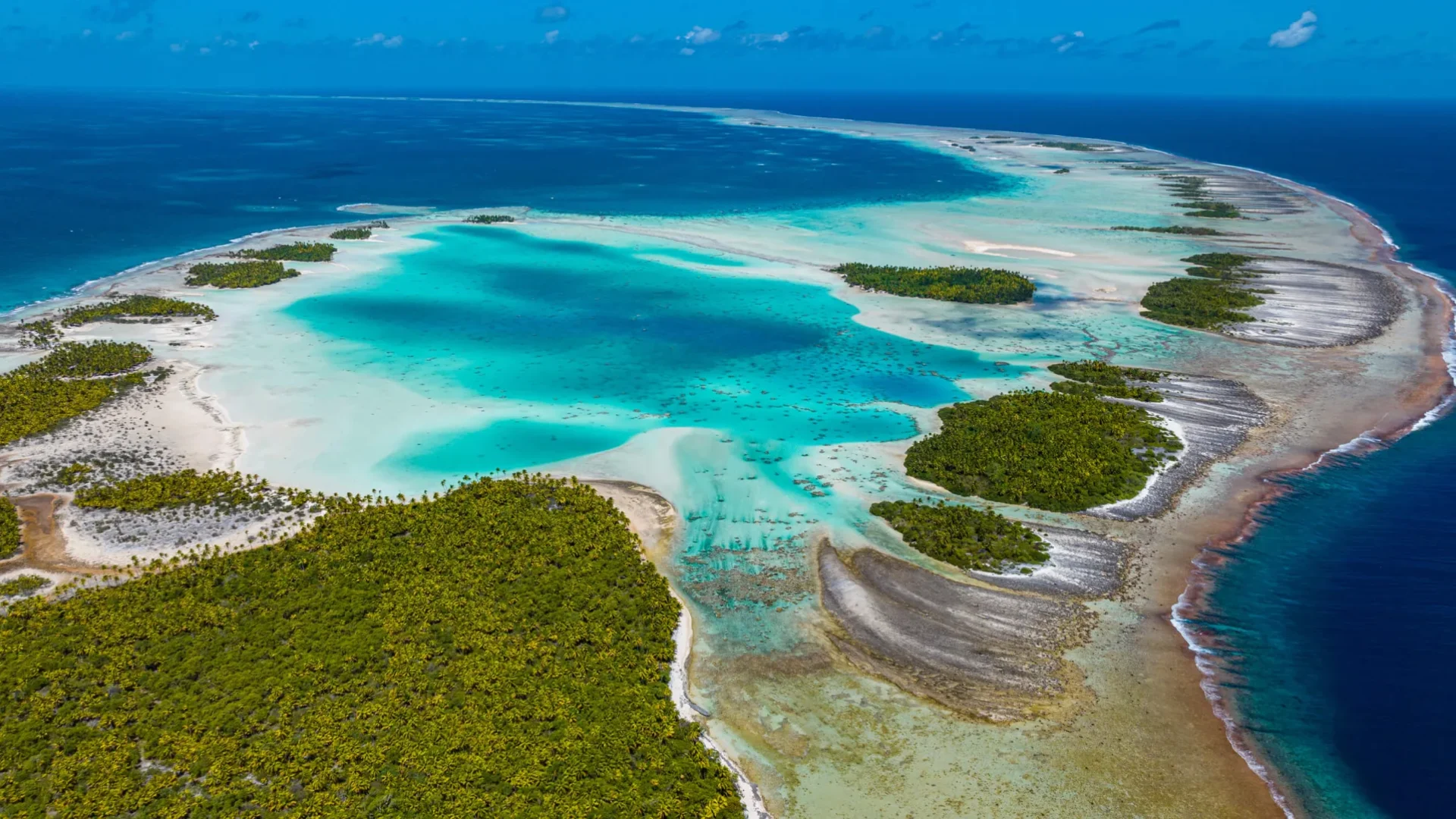
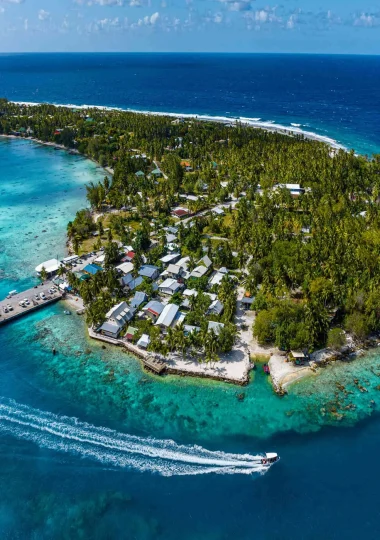
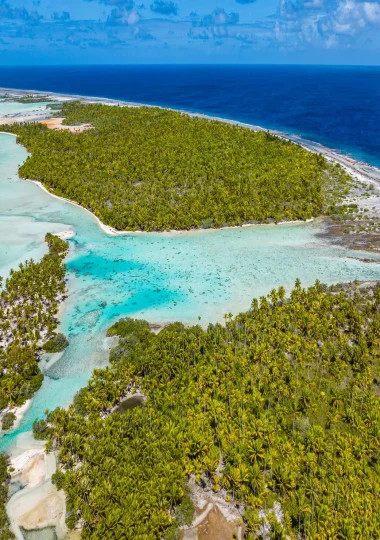
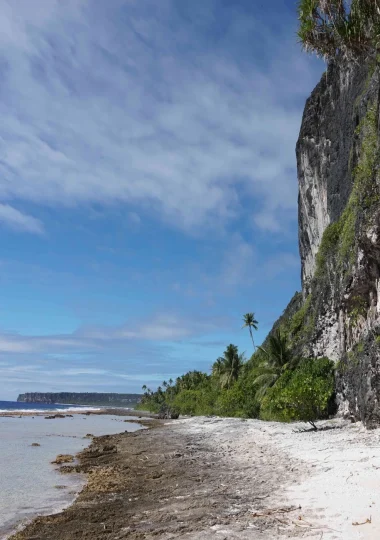
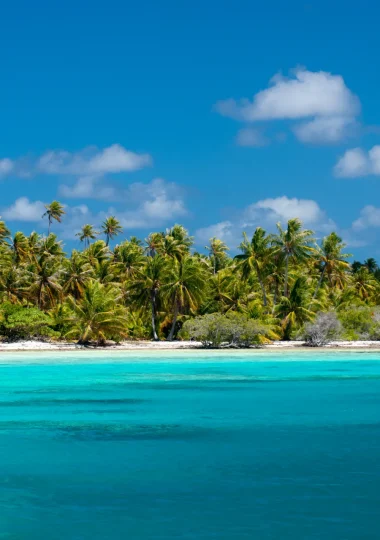
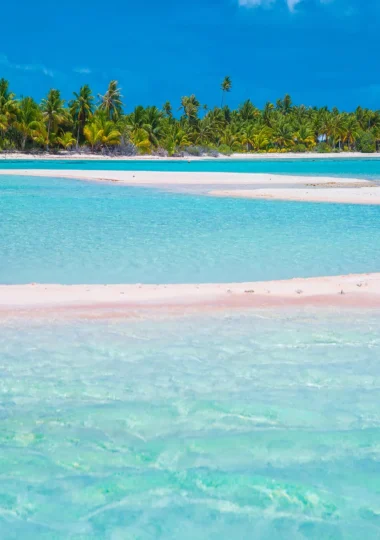
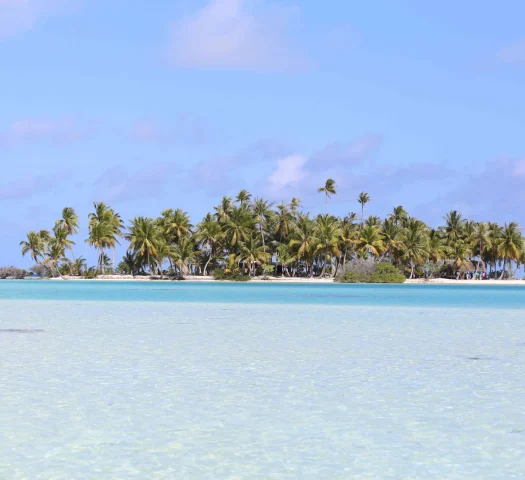
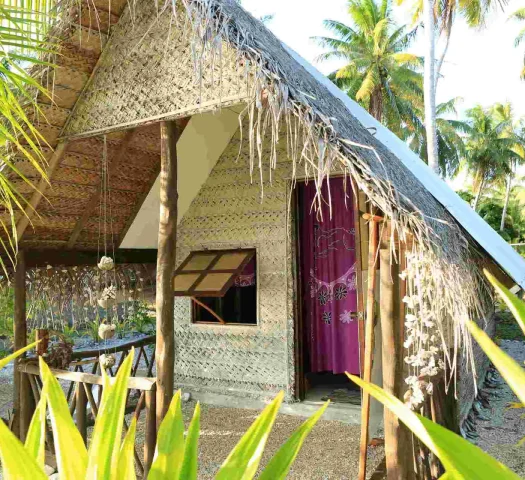
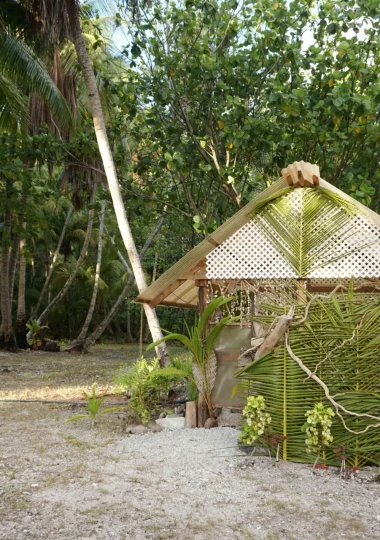
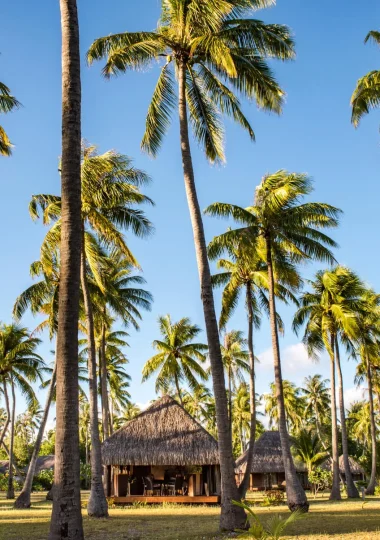
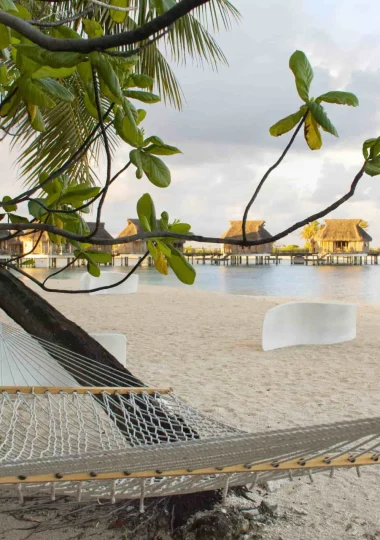
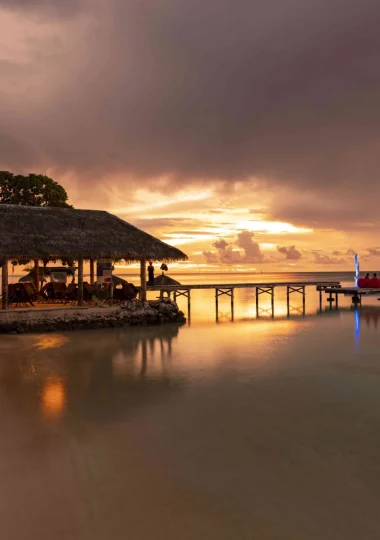



 América del Sur
América del Sur
 Australia
Australia
 Belgique
Belgique
 Brasil
Brasil
 Canada (EN)
Canada (EN)
 Canada (FR)
Canada (FR)
 Deutschland
Deutschland
 España
España
 France
France
 Italia
Italia
 Mexico
Mexico
 Polynésie française
Polynésie française
 New Zealand
New Zealand
 Schweizerisch (DE)
Schweizerisch (DE)
 Suisse (FR)
Suisse (FR)
 United Kingdom
United Kingdom
 United States
United States
 한국
한국
 中国
中国
 日本
日本